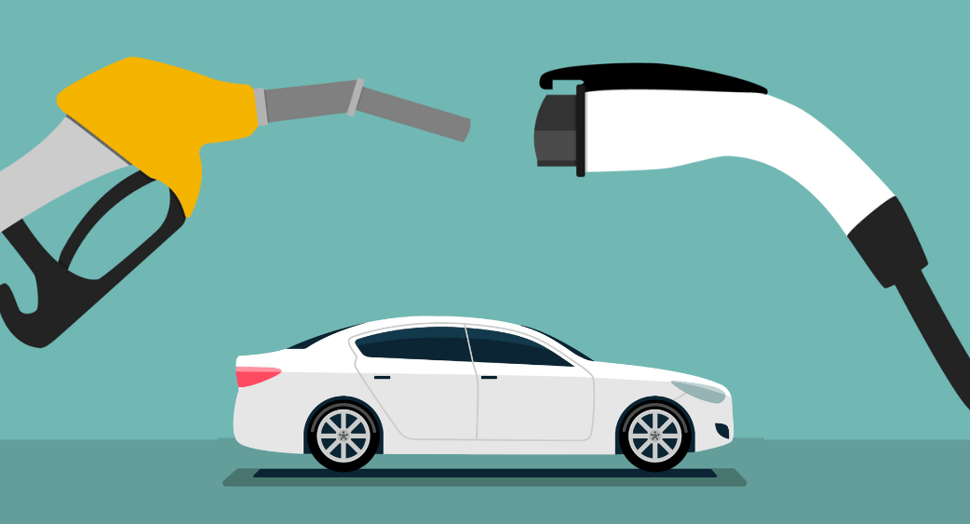
Have internal combustion engine (ICE) vehicles had their proverbial day in the sun?
According to a recent Bloomberg New Energy Finance (BNEF) report, after peaking in 2017, sales of ICE automobiles are in a state of permanent decline. After selling a global record 87 million vehicles that year, the number has decreased precipitously, with 82 million global sales in 2019 and only 70 million in 2020.
As sales fall, the fleet of ICE passenger vehicles on the roads will begin to wane accordingly. The BNEF article estimates that the 1.2 billion vehicles sharing our roads may represent the peak, with numbers beginning to fall substantially by 2024. Within a decade, the number of ICE vehicles on global streets could number roughly half of today’s totals.
The decreasing figure is contrasted by the surge in electric vehicle (EV) popularity. This article will examine how the age of the gas-powered vehicle may be coming to an end, and what that means for our electric future.
2025 poised to be a banner year for EV growth
A recent CNN article reports that EV sales will triple their current levels by 2025, citing data from the BNEF report while noting that the surge is attributed to consumer demand and not the various environmental sustainability initiatives designed to accelerate electric adoption.
According to the article, the global automotive industry will sell 20.6 million plug-in vehicles by 2025, essentially tripling the 6.6 million sold this year. The mid-decade mark is also the likely point at which fully battery-powered vehicles will make up 75% of plug-in vehicle sales, as hybrid vehicles fail to impact the market substantially outside of Europe.
2025 will see EVs hold a 39% market share in China and Europe, with a high volume of sales (40-50%) in markets like the United Kingdom, France and Germany. The growth in these markets will account for up to 80% of all global sales, while the U.S. is poised to contribute an additional 15%.
Infrastructure accommodation
Surging EV sales have a significant impact on community electricity grids. The BNEF report anticipates there will be substantial investment into EV charging networks – at least $1 trillion worth – by 2040. The spend comes to ensure the construction of 339 million charging connections proposed in a base-case scenario. As the BNEF report claims, with governments expecting to achieve various zet-zero emissions initiatives, the charging infrastructure will require in excess of $1.4 trillion for what will amount to half a billion chargers.
The increased popularity of EVs – coupled with the support of the charging infrastructure designed to sustain growth – could see an increase in global electricity demand by more than 4,700 terawatt-hours by 2040. As automakers endeavor to bring more EVs to market, governments seeking to reduce the ICE vehicle carbon emissions must also keep an eye on the electricity infrastructure that powers their replacements.
Webasto is proud to power the charging stations that support today’s carbon emissionless vehicles. As bi-directional charging infrastructures continue to grow, your EV could play a vital role in resupplying your local energy grid with power during peak times.
To learn more about these and other EV innovations, visit our informative blog page. When you’re ready to explore charging solutions for your EV, contact Webasto for the latest in clean-energy charging systems.
